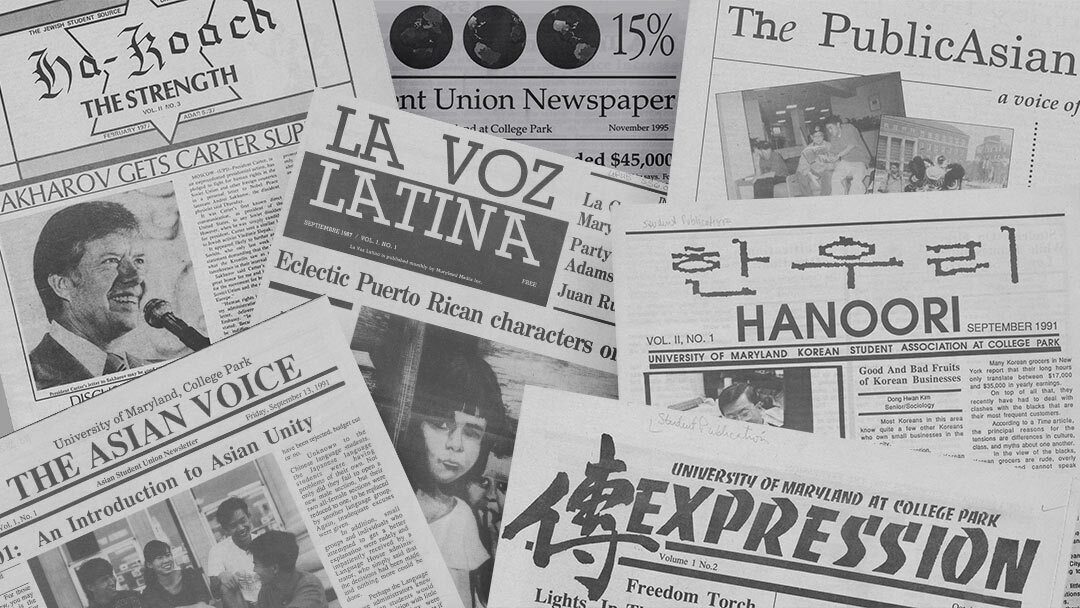- March 07, 2022
- By Liam Farrell
The University of Maryland’s digital record of student newspapers has taken another step in representing the diverse history of the Terp community with the addition of eight new Jewish, Asian and Latino titles.
The newspapers, which are now searchable in UMD Archives’ Student Newspaper Database, join previously available campus publications such as The Diamondback and its predecessors (now updated through 2013), and the Black Student Union’s Black Explosion.
“It’s a great representation of just the huge diversity of interests that are out there,” said Douglas McElrath, UMD director of special collections and university archives. “This is part of the university story.”
Student newspapers are critical for filling in the gaps of the official university record, McElrath said, which tends to focus on high-level administrative actions and policy decisions. By preserving and making them accessible to anyone with an internet connection, he said UMD Archives is shining a light on student activism and sending the message that “what you did in the past and what you are doing today is important.”
“The agitation, the pressure to do something is often first appearing with the students,” McElrath said. “That’s what makes this collection so valuable.”
Here are the new additions:

Ha-Koach, the first Jewish student newspaper at the University of Maryland, launched in 1976 and was funded in part by Maryland Media Inc. and the B’nai B’rith Hillel Foundation. It covered news relating to Israel, Soviet Jewry and other issues of interest to the UMD Jewish population. It ceased publishing in the spring of 1983 and was succeeded by The Mitzpeh that fall.

The Expression was published by the Chinese Student Association (CSA) in the late 1980s and early 1990s. Funded entirely by the CSA, it printed articles in Chinese and offered extensive coverage of the organization’s events.
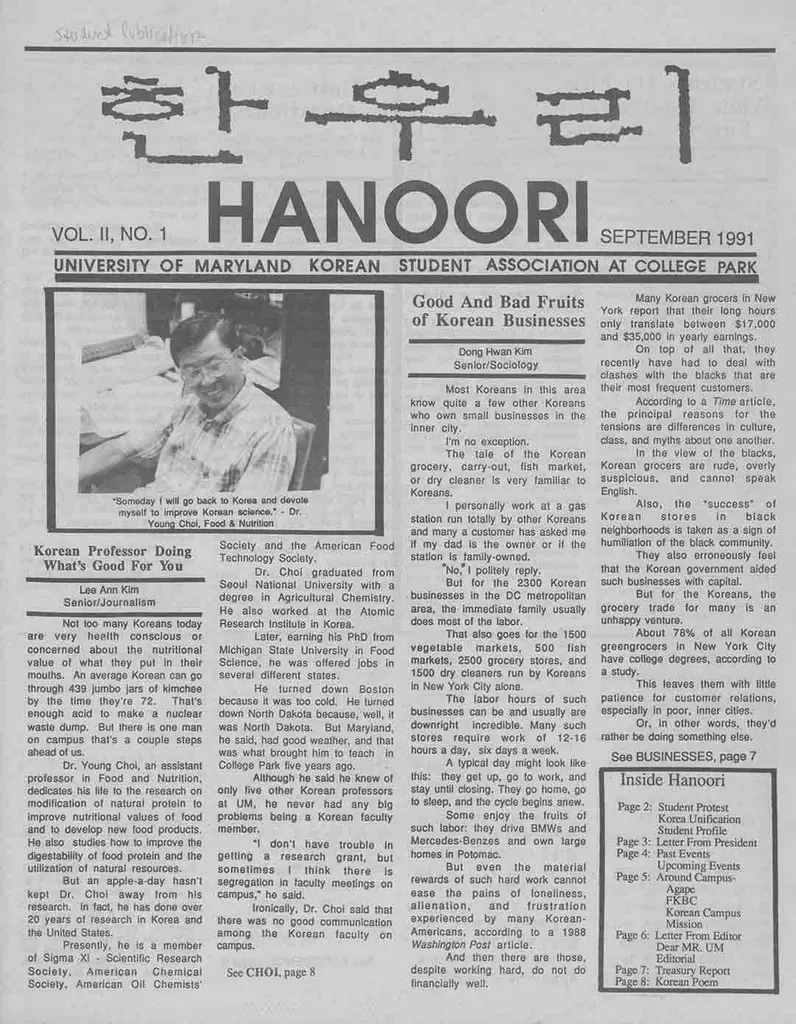
Hanoori, the earliest Asian student newspaper, was published by the Korean Student Association. UMD Archives has issues from November 1990 through December 1992, and the once-a-semester Korean-language publication covered issues ranging from faculty and administration profiles to antiwar protests and even love-life advice.

The Asian Voice was first published in September 1991 and is available through April/May 1994. It had a calendar of events, comics and fiction, and was closely associated with the Asian Student Union.
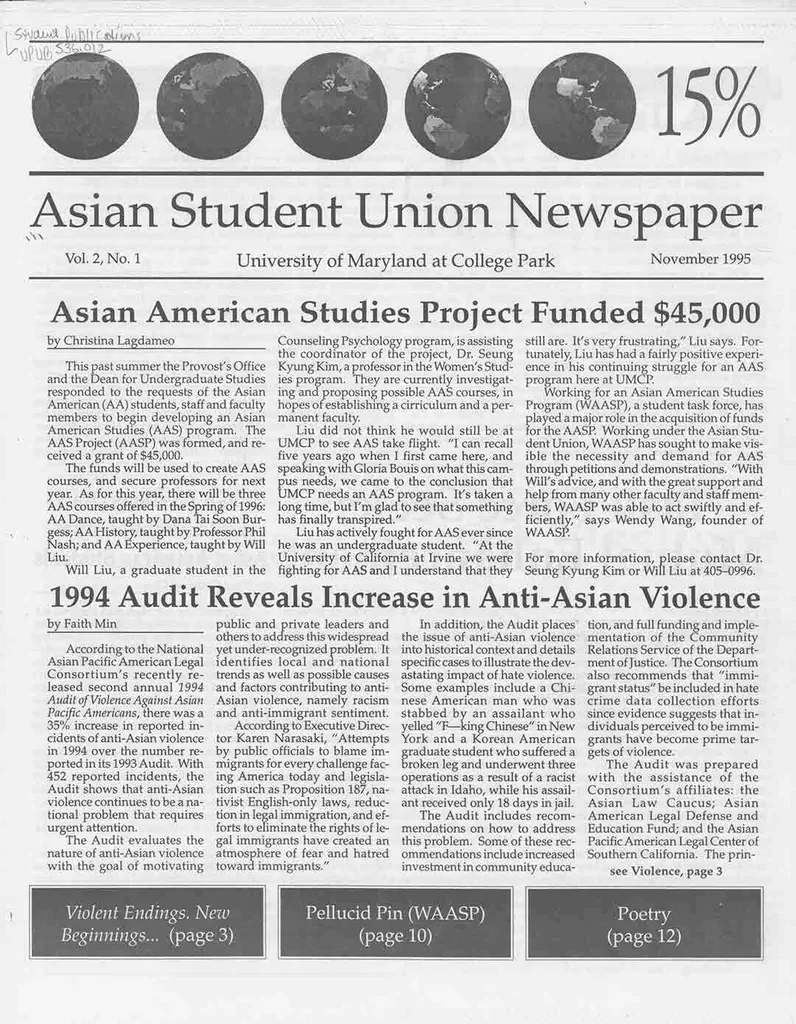
The student papers 14% and 15%, published in 1995, aimed to show the diversity of the Asian community and took their titles from the percentage of Asian Americans at UMD at that time. They reported on student groups across campus, the effort to create an Asian American studies program and student activism.
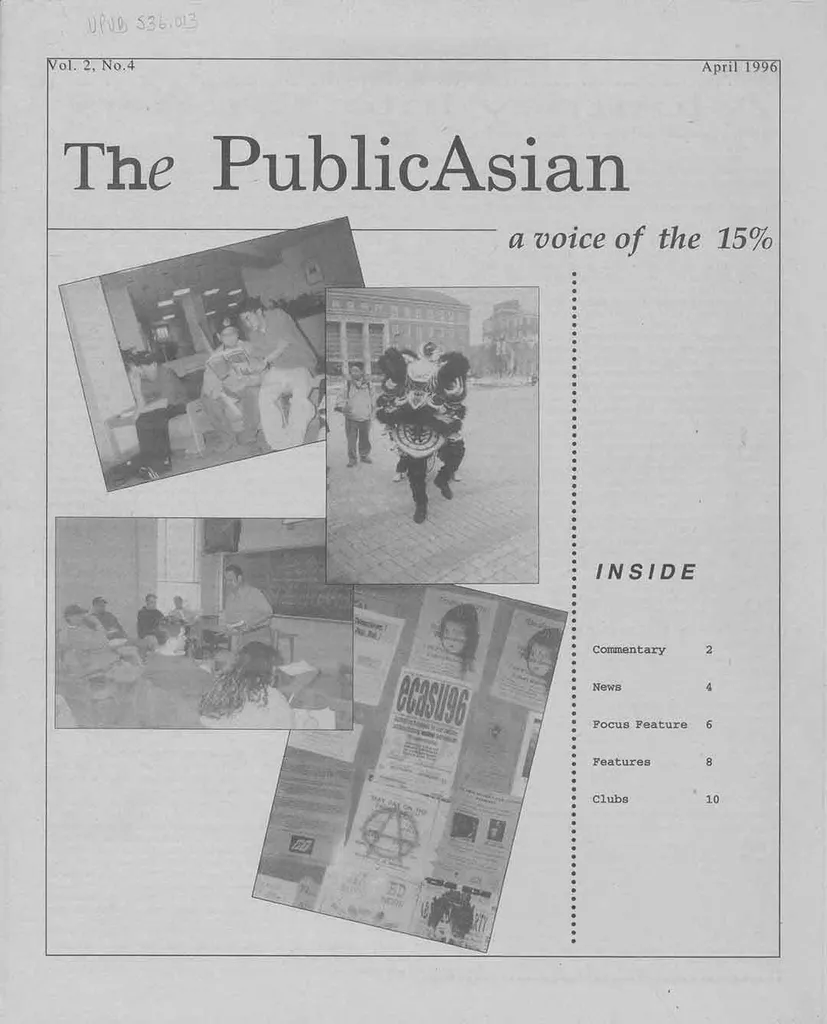
The Public Asian was produced by the Asian American Student Union and is the longest-running Asian American and Pacific Islander student newspaper held by UMD Archives. Running from April 1996-October 2013, it focused not only on campus life but also on national and international figures and issues.
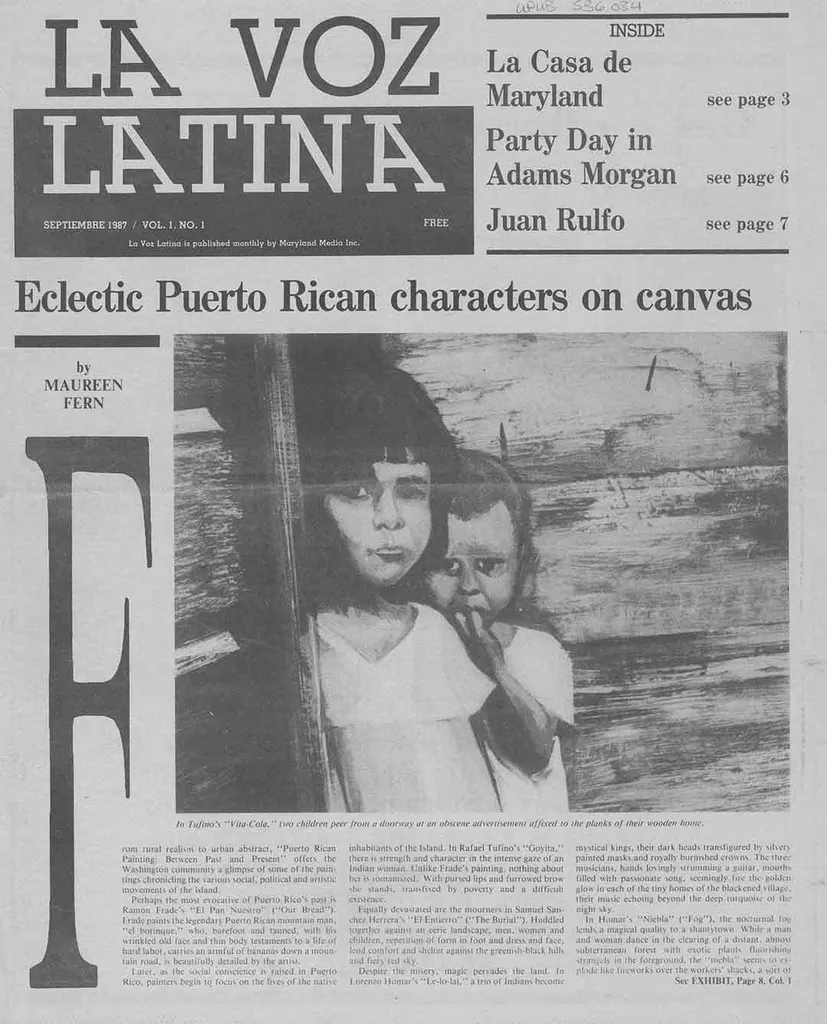
La Voz Latina was a newspaper with articles in both English and Spanish for the UMD Latino community. UMD Archives has issues that were irregularly published from September 1987 to April 2011, with news, events, poetry and recipes.
Information for this article came from Terrapin Tales, a blog of UMD Archives.
Topics
Campus & CommunityUnits
University Libraries